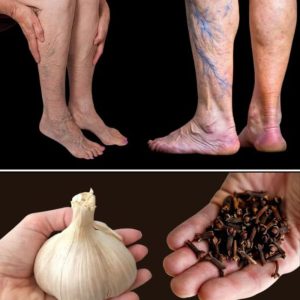Understanding Water Retention
Water retention, or fluid retention, occurs when excess fluids build up in the body. It can cause puffiness, swelling—especially in the legs, feet, and hands—and a general feeling of bloating. While mild water retention is common and often harmless, persistent or severe symptoms may be linked to diet, lifestyle habits, hormonal changes, or underlying health issues. Addressing water retention begins with identifying its root cause and making a few key lifestyle adjustments.
Stay Hydrated and Reduce Sodium Intake
Although it may seem counterintuitive, drinking more water can actually help flush out excess fluids. When you’re dehydrated, your body holds on to water as a protective response. Aim to drink at least 8 glasses of water daily, and more if you’re active. Simultaneously, reduce your sodium intake—salt is a major contributor to fluid retention. Processed foods, canned goods, and restaurant meals are often high in sodium, so opt for fresh, whole foods whenever possible.
Incorporate Natural Diuretics
Certain foods and drinks have natural diuretic properties that can help your body expel excess water. These include cucumbers, watermelon, asparagus, celery, and dandelion tea. Adding potassium-rich foods like bananas, avocados, and leafy greens can also help balance sodium levels and support healthy fluid balance. Herbal teas such as parsley and green tea are also excellent choices to gently reduce bloating and promote kidney function.
Exercise and Lifestyle Tips
Physical activity encourages better circulation and helps move excess fluids out of tissues. Even light activities like walking, stretching, or yoga can make a difference. Elevating your legs, wearing compression garments, and avoiding sitting or standing for long periods can also help reduce swelling. Prioritizing sleep and managing stress are equally important, as hormonal imbalances caused by stress and poor rest can contribute to water retention. A balanced lifestyle is key to keeping your body’s fluid levels in check.





